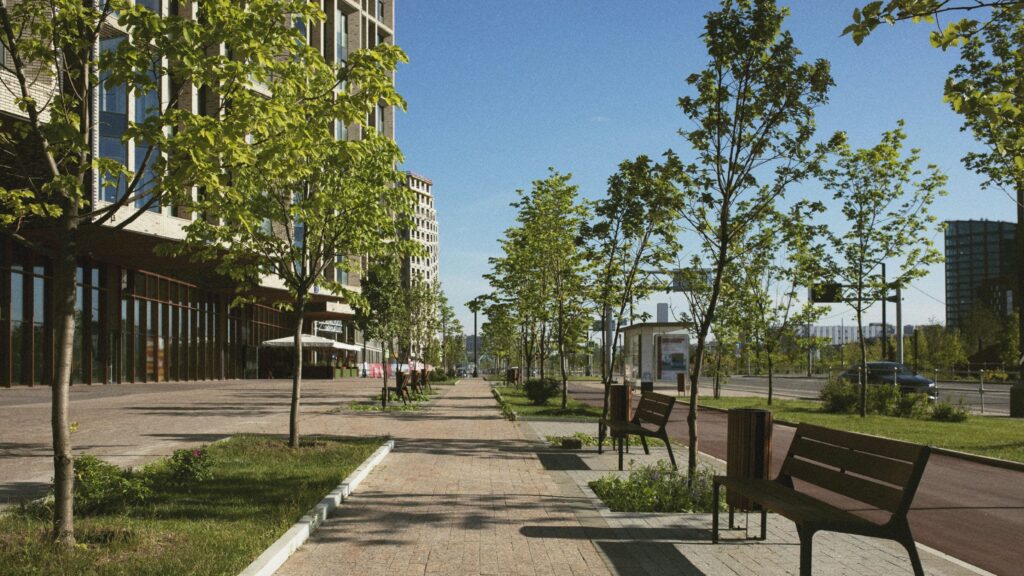Last month, our Managing Director Chloe had the privilege of attending the Lambert Smith Hampton State of the Nation report launch held in collaboration with Revo. The event offered a comprehensive overview of the future prospects for our towns, high streets, and shopping centres, shedding light on critical issues and innovative solutions. Here are the key insights Chloe took away from the presentation:
1. Critical Mix for Survival
The report emphasised the importance of a diverse mix of amenities for the survival of town centres and shopping destinations. Critical components include hospitality, homes, art, culture, heritage, public realm, and notably, healthcare—an emerging necessity in urban planning.

2. Issues & Challenges
Several challenges loom over the retail landscape, including the rise of online sales, high shopping centre and retail park vacancies, economic pressures, escalating business rates, and soaring occupancy costs. Additionally, a staggering 60% of respondents believe there is an excess of retail space, underscoring the need for strategic realignment.

3. Shopkeepers Campaign
The Shopkeepers Campaign highlights the plight of local shops burdened by exorbitant business rates—a significant factor contributing to closures, job losses, and the erosion of community ties. This grassroots initiative advocates for long-term reforms to alleviate the financial strain on small businesses.

4. ESG Considerations
Environmental, Social, and Governance (ESG) factors are increasingly shaping urban planning and development strategies. Addressing the climate crisis, promoting social impact, and enhancing sustainability are integral to future-proofing our built environment. While progress varies, there is a growing emphasis on ESG integration and reporting.

5. Future Prospects
Despite prevailing challenges, there is cautious optimism about the future, with 42% of respondents expressing confidence in the prospects ahead. The focus is on powering up Britain through strategic placemaking initiatives that foster economic growth, community well-being, and environmental sustainability.

Case Studies in Future-Proofing
Two exemplary projects highlight innovative approaches to revitalizing urban spaces:
Wolverhampton Regeneration: A transformative 10-year vision is underway to rejuvenate Wolverhampton’s city centre, leveraging underutilised land to create a dynamic mix of retail, dining, hospitality, and educational facilities. Central to the plan is the reimagining of public realm infrastructure to enhance connectivity and community engagement.
Swansea Redevelopment: The redevelopment of Swansea’s former Debenhams store by Urban Splash exemplifies a commitment to urban renewal. By repurposing the 114,000 sq ft unit, the project aims to revitalize the city centre, attract new retailers, and bolster local economies, contributing to the city’s long-term vibrancy and sustainability.
In summary, the lessons learnt from the Lambert Smith Hampton report emphasise the necessity of flexible approaches and teamwork to manoeuvre through the changing dynamics of towns and shopping centres. Through the adoption of innovation, sustainability, and community involvement, we can mold durable and flourishing urban spaces for future generations.
